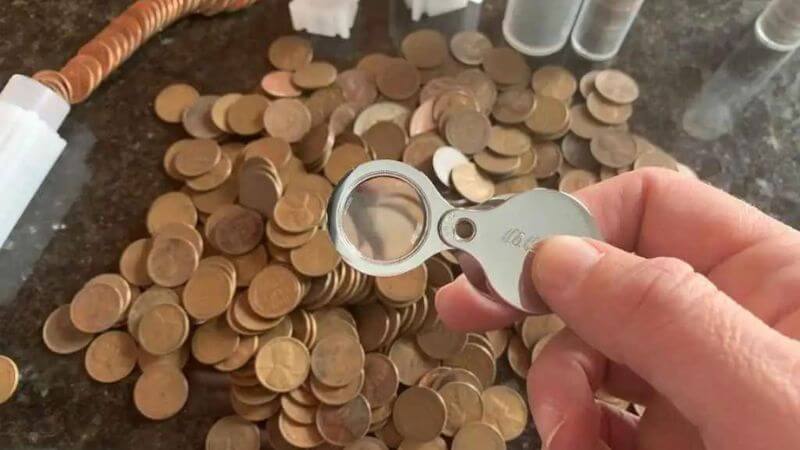If you’ve ever held a coin in your hand and wondered if it might be worth more than its face value, you’re already on your way to understanding the allure of the numismatic world. Numismatics, the study or collection of coins, paper currency, and medals, takes a particularly interesting turn when it comes to error coins.
These are the rare pieces that, due to some mishap in the minting process, bear mistakes that make them unique and highly sought after by collectors. Think of them as the valuable misfits of the monetary world; their imperfections only add to their worth!
There’s something undeniably thrilling about the hunt for these rare error coins. Like a treasure hunt, you never know what you might find in your pocket change or at a local coin shop. That 1965 quarter might have an off-center strike, or that shiny new penny might bear a doubled die obverse, making them more valuable than their standard counterparts.
The thrill isn’t just in finding these rare pieces, though; it’s also in the knowledge that you’re holding a piece of history that went awry, a small deviation from the norm that makes it uniquely valuable.
In this article, we’ll dive deeper into this exciting niche of the numismatic world, exploring various types of rare error coins and offering some tips for the hunt. From coins struck multiple times to those with the wrong dates, from off-metal coins to coins missing a mintmark altogether, we’ll guide you through some of the most sought-after errors in the coin-collecting world.
With a bit of luck and a keen eye, you might just find that the loose change in your pocket isn’t as ordinary as you think! So sit back, grab your coin jar, and let’s embark on a journey through the fascinating world of rare error coins.
Planchet Errors
Navigating the landscape of rare error coins is a journey filled with surprises and oddities.
Let’s start with planchet errors, which occur before the coin is struck. You might come across off-metal coins, those accidentally struck on metal prepared for a different denomination. For instance, a dime struck on a copper penny planchet will stand out with its unusual color.
Then there are clipped planchets, coins that seem to have a piece missing, as if it’s been bitten off. But perhaps the most fascinating of planchet errors are the wrong planchet errors, when a coin is struck on a planchet meant for another denomination entirely.
Die Errors
Next on our treasure map are die errors. These mishaps occur during the creation of the coin dies, the devices that strike the designs onto the blanks. Among these are doubled dies, which occur when a die is inadvertently struck more than once by the hub, resulting in a doubled image.
You could also stumble upon repunched mintmarks, where the letter or symbol representing the mint of origin is stamped onto the die more than once, often at different angles. Inverted mintmarks, where these identifiers are mistakenly punched upside down, are another intriguing category to explore.
Strike Errors
Swing into the realm of strike errors and you’ll find a whole new set of eccentricities. Off-center strikes occur when a coin blank isn’t properly centered over the die, resulting in a coin with part of its design missing or extending beyond the edge.
Broadstrikes happen when a coin is struck without the collar that usually constrains it, causing the coin to spread outwards and form a larger than usual disk. Then, there are multiple strikes, where a coin isn’t ejected properly and gets struck more than once, often resulting in a fascinatingly distorted appearance.
Miscellaneous Errors
Lastly, let’s delve into a hodgepodge of miscellaneous errors. Among these oddities, you’ll find mule coins, a mismatch of obverse and reverse designs from different denominations.
Overstrikes are another peculiar type, where a coin has been struck over a previously struck coin from a different country or time period. And then there are transitional errors, occurring when a coin is struck using the specifications from a different year, often during a change in design or composition.
Each of these errors adds a unique story to the coin and makes it a desirable addition to any collection.



